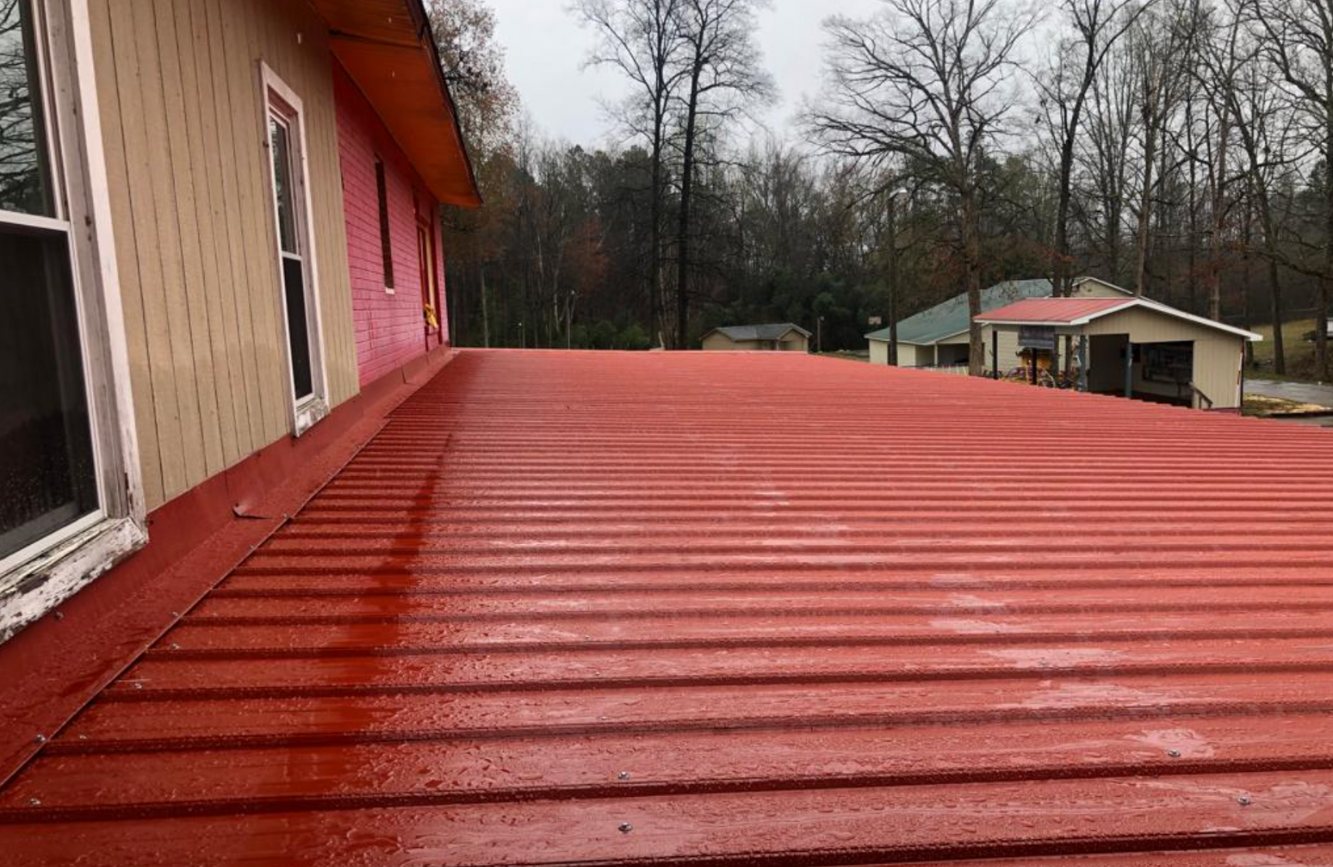
A hip roof is a popular style of roofing known for its durability, wind resistance, and visually appealing design.
Unlike other roof types that have vertical sides or gables, a hip roof slopes downward on all four sides, making it a fully enclosed structure at the top. Each of these sloping sides meets at a ridge at the top, creating a pyramid-like shape or a gentle slope depending on the overall design.
This unique architectural style not only adds character to a home but also offers several practical advantages.
Key Features of a Hip Roof
The defining characteristic of a hip roof is its four-sided slope. This slope ensures that all sides of the roof have an incline, rather than just two sides like in a gable roof. As a result, water, snow, and debris can easily slide off, making hip roofs a great option for homes in regions with heavy rainfall or snowfall. The sloping design also minimizes the risk of standing water, reducing the chance of leaks and water damage.
Types of Hip Roofs
There are several variations of the hip roof, each offering a unique look. The simple hip roof features four equal-length sides that meet at the top in a straight ridge, creating a uniform slope. The pyramid hip roof, as the name suggests, slopes upwards to form a point at the top, resembling a pyramid. Another variation is the cross hip roof, which combines two hip roofs together, typically at right angles, to create a more complex structure that covers different sections of a home.
Advantages of a Hip Roof
One of the main benefits of a hip roof is its wind resistance. Because all sides slope downward, it can withstand strong winds better than other roof types, making it a popular choice in areas prone to hurricanes or storms. Additionally, the even weight distribution across all sides of the roof increases its structural stability. This makes it more durable over time and less likely to require repairs.
Another advantage is the extra living or storage space a hip roof can provide. The inward slope creates a vaulted ceiling inside the home, which can make the interior feel more spacious. It also provides additional attic space for storage or future expansion.
Drawbacks to Consider
Despite its many advantages, hip roofs tend to be more complex to design and build, leading to higher construction costs. They also require more materials compared to simpler roof types like gable roofs.
